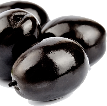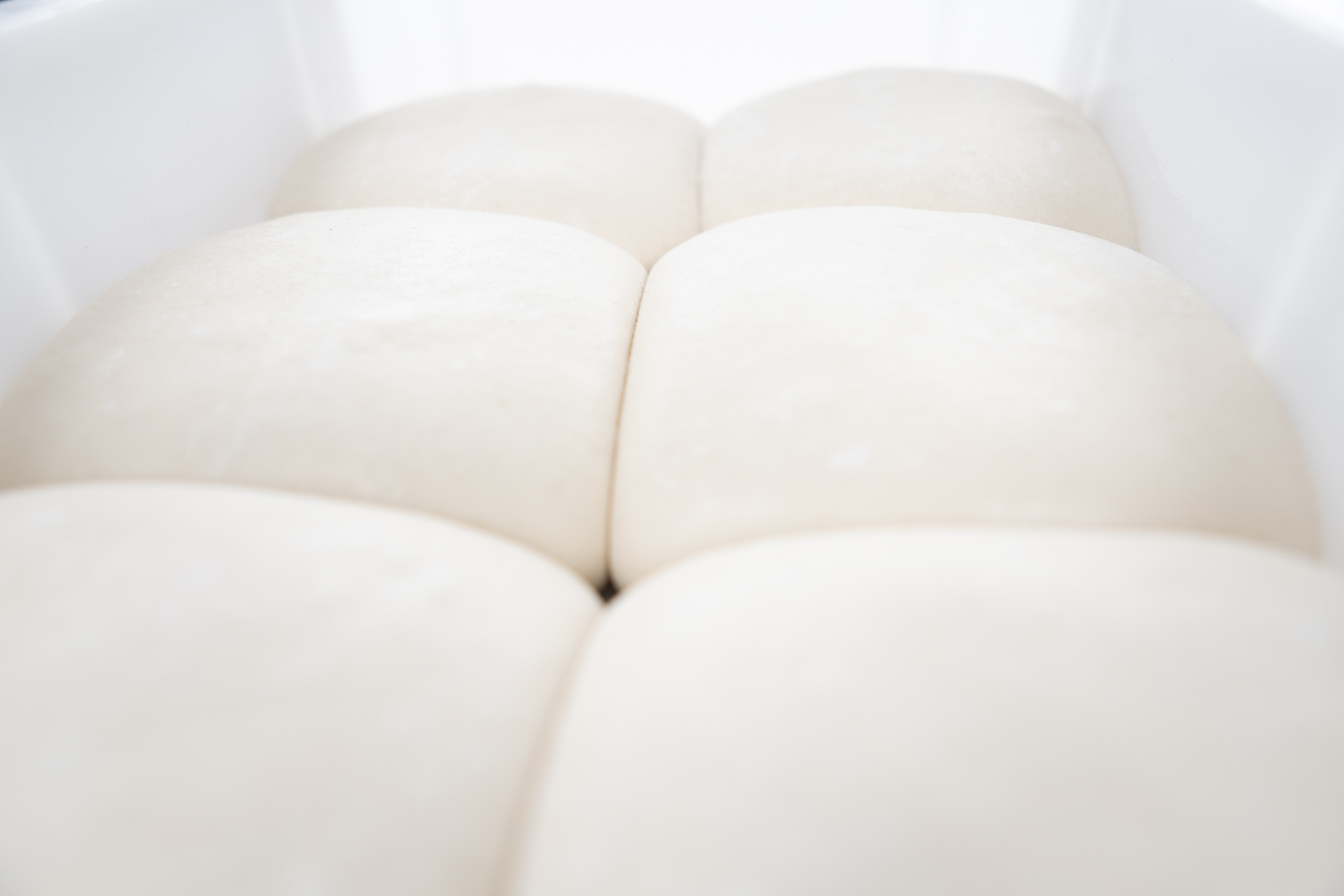







Making dough the (in)direct way

 3615 x views
3615 x views
The fun and beautiful thing about pizza making is that there are always multiple options to do something or to get somewhere. The same goes for making dough. There is not just one way to make dough.
But where a pastry chef, for example, has a choice of different types of dough (including puff pastry, shortcrust pastry, shortcrust pastry, hard Viennese dough) and a long list of ingredients that can be used in various ways (butter, eggs, flour, milk, salt, sugar, vanilla, chocolate, lemon, almond, etc.), a pizza baker always makes pizza dough. And the required ingredients are 99.9% of the time the same: flour, water, yeast, salt and sometimes oil.
The result is always pizza dough, but the technique with which the pizza dough is made can indeed differ. Which technique you want to use depends largely on personal preference. Let's take a look at all the options you have.
Direct dough
The classic way of making dough is to mix all the ingredients together in one step and knead them into dough. This is called a direct dough, or the direct way of making dough. After kneading the dough, you let it rest (in bulk) and rise (as balls). It doesn’t get any more complicated than this.
Neapolitan pizza makers usually make their dough in a direct way. In Naples, 12 hours of rising time is the minimum (up to a maximum of 24 hours, with an average strong flour of W260/280). Generally, these 12 hours are divided into 2 hours of bulk rising and 10 hours of ball rising. All rising time is at ambient temperature, no cooling is involved. This way you can make dough in the morning and process it into pizza in the evening. For many pizzerias, this is a good schedule. And who knows, maybe for you too?
With a direct dough you can work quite ‘fast’. We have put ‘fast’ in quotation marks. Because 12 hours may sound like a long rising time to you, it can be much longer. If you want, you can use the direct method to extend the rising times considerably. For example, you can make dough on Friday evening to bake pizza on Saturday evening. The total rising time is then approximately 24 hours. Still with the W260/280 flour. If you work with a strong type of flour (W300+), you can extend the rising time even further.
Whatever rising time you use, from now on ignore all recipes that you come across online or in cookbooks that work with rising times of half an hour to an hour or two. Believe us: you will never make Perfect Pizza Dough in such a short time. You really have to be prepared to give your dough a longer resting time. Making dough yourself is really not that much work. Mixing the ingredients and kneading the dough takes about 20 minutes in total. Then the rising time starts and you can sit back and let time do the most important work. The long driving times require good planning in particular.
Indirect dough
With an indirect dough, you do not make your dough in one step, but in two separate steps.
First step: You first make a starter, pre-dough or pre-ferment, which is the same thing. You let your pre-ferment rest. This is also called maturing or fermenting. This can be for a few hours, but it can also be 24 hours or several days. This depends on the type of pre-ferment you make.
Second step: Once your pre-ferment is ready, you make the main dough. This is the dough that you will eventually bake pizza with.
Indirect dough is a little bit more work than a direct dough. Because of the extra step and the time you have to spend on the fermentation of both the pre-dough and later the main dough. And you have a few extra minutes of calculation for your recipe.
Fans of the indirect method are more than happy to accept that little bit of extra work and the long fermentation time. Indirect dough is especially popular because of the specific flavor development in the dough. In addition, the starter also influences the gluten structure and therefore the texture of the dough. A starter generally makes for airy dough.
Now, it is certainly not the case that you can only make tasty and airy dough with the indirect method. Direct dough can also be tasty and airy. The crux for developing flavor in dough is always: long rising times. For example, a direct dough with a very long fermentation time can be more flavorful than an indirect dough made with short fermentation times.
At the same time, it is very difficult to make ‘flavorful’ very concretely measurable. During the rising of dough, aromatic substances are created (such as alcohol and various organic acids), which largely evaporate or disappear during baking. That is why baking a pizza smells so good. The substances that do not evaporate, and also the reactions between proteins and sugars during baking, contribute to the aroma of dough.
In research into risen dough, researchers have found dozens of substances that play a role in the formation of the aroma. To indicate how complicated and elusive aroma is, only two-thirds of these substances could be identified. It is not even clear what the other substances are exactly.
“ Indirect dough is a bit more work than a direct dough. Because of the extra step and the time you have to take for the fermentation of both the starter and your main dough.”
Poolish, biga & sourdough
Whether you want to use a starter, and which one, is entirely personal preference. In any case, you have these 3 options to choose from:
These starters or pre-doughs differ in how they are made and how long they can or should ferment. The flavor profile also differs. As mentioned: the fermentation time plays a major role. A ‘short’ poolish tastes different from a ‘long’ poolish. And a short poolish tastes different from a long biga. Only by experimenting will you find your favorite.
We really cannot emphasize this enough: there are always multiple elements that play a role. If your goal is to make very airy dough, then a starter such as poolish or biga can certainly contribute to that. But it is never the only element.
The chosen flour plays a role, the amount of water in your dough does that too. And the simple fact that a ball of dough for a Neapolitan pizza is usually a bit heavier in weight than for other pizza styles, also has an effect. You simply have more dough at your disposal to create a larger, airy edge.
You can prepare your airy dough down to the last detail, but if your oven is not hot enough, it will still affect the end result.




 0
0